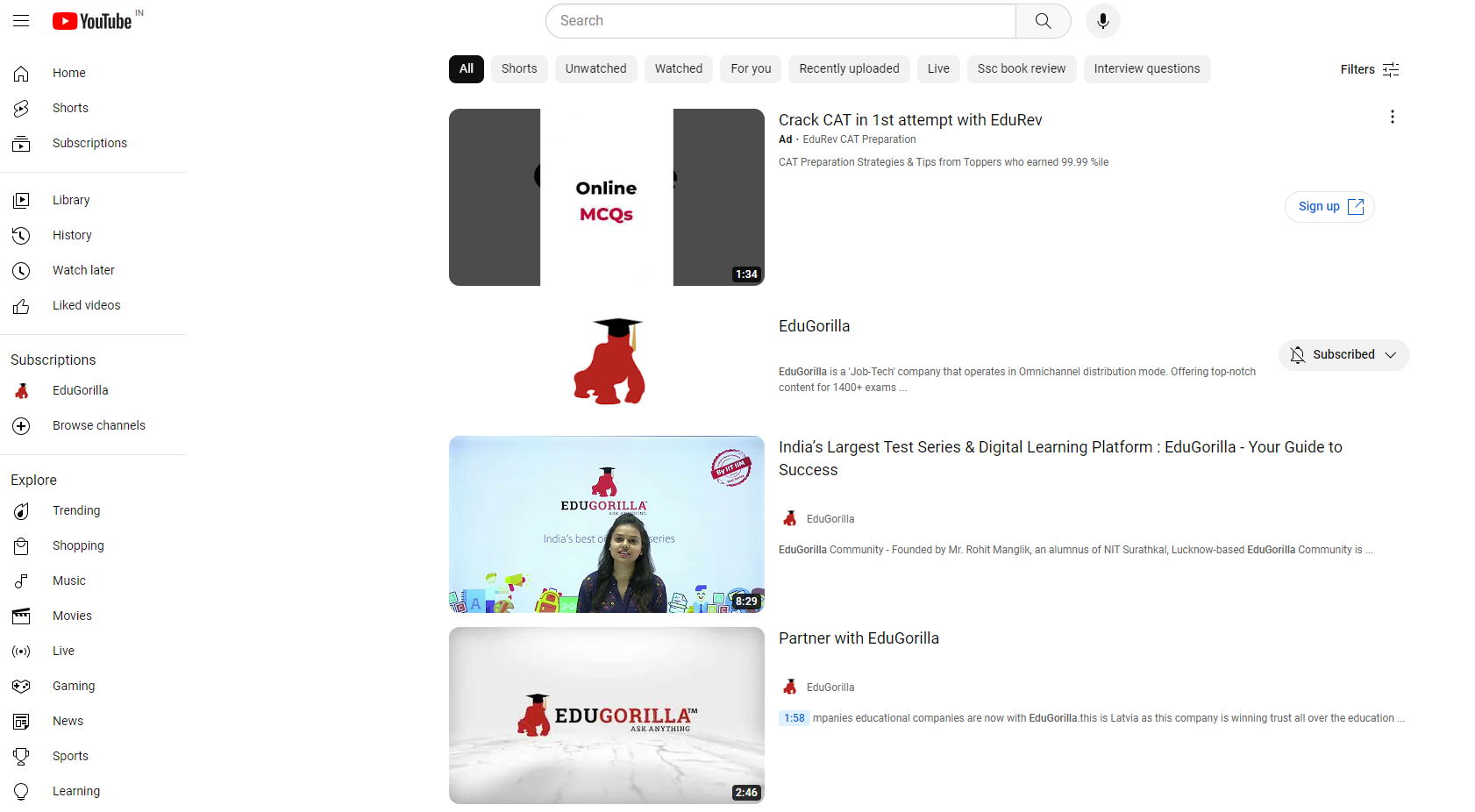The diversity of human beings is one of their most striking characteristics. People’s connections are defined by their various ways of being, thinking, and living, as well as their various needs, world views, and ethical perspectives. Interpersonal conflicts, in this sense, are seen as tensions that entail diverse interests or views, are inherent in human interactions, and are prevalent in numerous social groups, including the school.

The school is the element of society that engages in the character development of the child, the growth of the child’s knowledge, and the training of the child’s skills via deliberate direction and supervision using best practices for classroom management. The school is a business setting that promotes learning and teaching.
Introduction
The conflict has been conceptualized differently by various scholars in different eras based on their tendencies, but it may be characterized as a scenario in which people, organizations, or countries are embroiled in a severe dispute or conflict.
Because of its inherent qualities, school is an ideal medium for the development of conflict situations. Thus, the tension in the education system, general policies aimed at it, and management procedures that exist in each school may be considered the source of conflict in the education system. As a result, in order for a system like a school to grow, it must deal with conflict situations forcefully and squarely in classroom management for effective teaching.
Strategies for Classroom Conflict Management
1. Avoiding
When conflicting parties demonstrate a lack of regard for the interests of others and a lack of concern for oneself Strategy is defined by a lack of aggressiveness and collaboration, in which neither its own nor its opponents’ interests are served. Follow best practices for classroom management to avoid such conflicts.
2. Dominating
Reflecting the desire to pursue one’s own interests without regard for the interests of others is Characterized by a high level of aggressiveness and a lack of collaboration, in which achieving goals takes precedence over the interests of the other party. Furthermore, it is frequently regarded as an aggressive technique that can be dealt with in-classroom conflict management.
3. Obliging
It is commonly used by people who want to minimize differences and stress commonalities to appease the worries of the other party. Represents a dispute resolution method of conflict management for students in which collaboration is strong but assertiveness is low.
4. Integrating
Individuals that employ this method manage issues directly and constructively, aiming to solve them in partnership with the other. This is a problem-solving strategy. This requires being open, exchanging information, exploring alternatives, and examining differences in to find an effective solution for everyone engaged in the issue. classroom conflict management is an approach to dealing with difficult situations successfully.
5. Compromising
Represents an attempt to fulfill, modestly and partially, the interests of all parties engaged in the dispute, and shares similarities with all four tactics. Is a technique that necessitates compromise and delegation. Compromising is an intermediate approach in conflict management in education based on assertiveness and collaboration that entails a compromise in the quest for an acceptable middle ground for all parties engaged in the dispute.
Ways of Conflict Resolution
- Stopping conflict before it starts is one of the excellent conflict management strategies in the classroom. Encourage kids to consider how their behaviors influence those around them and teach them appropriate methods to vent their dissatisfaction.
- Gather the children on the rug for whole-class talks about problem-solving strategies, including role play to practice skills. Capture ‘teachable moments’ to reinforce behaviors that demonstrate good problem-solving abilities.
- As frustrating and time-consuming as dealing with conflicts in the classroom might be, it’s sometimes easy to ignore them. Dealing with difficulties quickly and decisively will assist not only the children affected but also the whole classroom community.
- Although classroom management for effective teaching seems difficult, it is critical not to take sides when dealing with conflict resolution in the classroom. To provide a positive example, you must be on the side of both youngsters, even if you are emotionally drawn into the scenario.
- Remember that the majority of confrontations are caused by fear, anxiety, or frustration. You may teach kids to detect emotional triggers and handle them in healthy ways, such as taking a movement break, sitting quietly in a safe area, or writing/drawing a reflection.

Steps of Conflict Resolution
- When you’re emotionally heated, it’s difficult to address an issue according to tactics of conflict management in education. Allowing pupils to take a breath and cool down before bringing them together to resolve a problem is sometimes the greatest thing you can do.
- It is only fair that both (or all) parties concerned have an opportunity to express their side of the story without interruption.
- Allow each pupil to talk directly to the other one at a time. They explain what they believe occurred and how they feel about it to the other person. The student who is listening then repeats their comprehension of what they have heard.
- Students exchange roles, with the speaker becoming the listener and the listener becoming the speaker according to the conflict management strategies in the classroom.
- After both (or all) students have had an opportunity to share their side of the story, they must collaborate to choose what would make things better. When dealing with small children follow best practices for classroom management for which you may need to present them with alternatives from which to pick. Once a decision has been reached, ensure that both (or all) parties understand and accept.
- Once the students have agreed on a solution, you must keep a watch on the issue. After some time has gone, you should also give a supportive check-in. This helps pupils keep their vows and reinforces the process.
Although it might be unpleasant at times, disagreement gives a chance for children to learn important lessons about kindness, collaboration, and compromise. Giving tools for conflict management in education allows them to accept responsibility for their actions, learn from their mistakes, and perceive themselves as problem solvers. And these are talents that will serve you well for the rest of your life.
ABOUT GIBBON
Gibbon is a Plug and Play solution offered by EduGorilla, for anyone with a skill to teach. Gibbon helps you to take your classes online and earn independently.
- Gibbon gives you the ability to conduct & record LIVE classes, host unlimited video courses, provide online mock tests, and conduct online tests with LIVE proctoring abilities.
- Gibbon also provides you ready-made content of 1600+ Competitive, Entrance, and Academic exams from around the country.
- Gibbon helps you reach out to more students online and get a complete marketing setup.
- We have helped more than 3000 Brands, 10000 Institutes, 20000 Teachers and 2 Crore Students, transform their education and future.
Gibbon stands for “Online-Ready Teachers for a Future-Ready India”.
To get started, book your free demo now.






